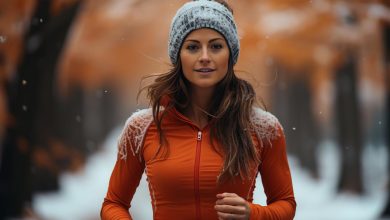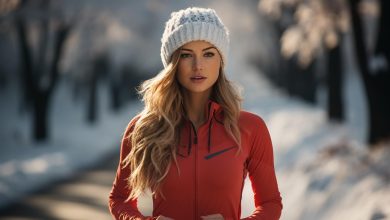Choosing the Right Insulated Running Jacket for Winter
Are you tired of freezing on your winter runs? Don’t let the cold weather slow you down! It’s time to find the perfect insulated running jacket that will keep you warm and comfortable.
With so many options out there, it can be overwhelming to choose. But fear not! In this article, we will guide you through the key features to look for, different insulation types, sizing tips, and essential factors like weatherproofing.
Get ready to conquer winter with confidence!
Key Features to Look for in an Insulated Running Jacket
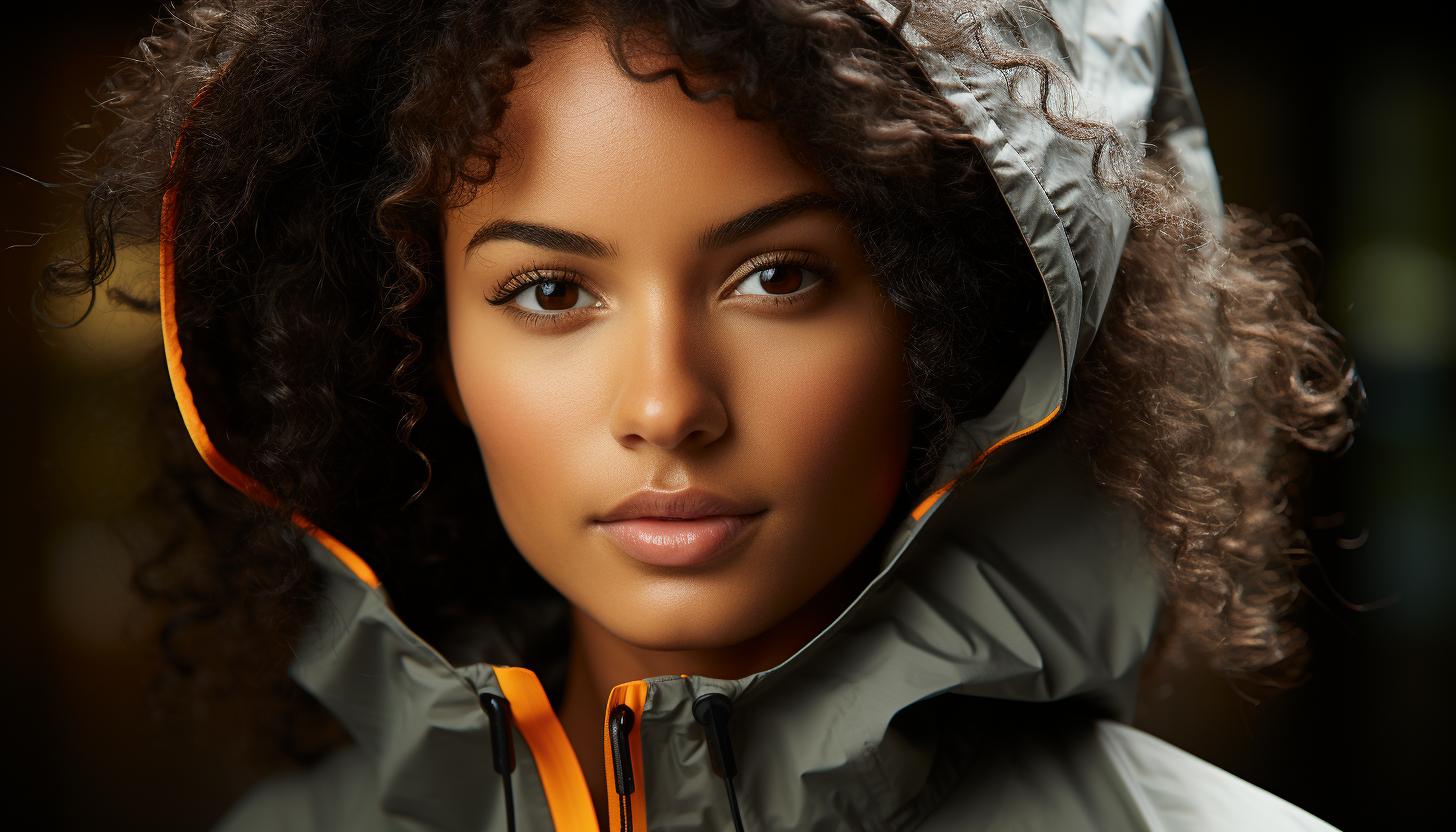
When choosing an insulated running jacket, you’ll want to look for key features such as moisture-wicking fabric and reflective details. Layering is essential for winter running because it helps regulate your body temperature and keeps you comfortable throughout your workout.
An insulated running jacket acts as the outermost layer, providing protection against wind and cold temperatures.
One important feature to consider is moisture-wicking fabric. This type of material pulls sweat away from your skin, keeping you dry during intense workouts. It also prevents the buildup of moisture, which can make you feel clammy and uncomfortable.
Another crucial feature to look for is reflective details on the jacket. Running in low light conditions poses a safety risk, as it can be difficult for drivers or other pedestrians to see you. Reflective details on your jacket enhance visibility, making it easier for others to spot you while out on your run.
The benefits of reflective details cannot be overstated when it comes to ensuring your safety during evening or early morning runs. They add an extra layer of protection by increasing your visibility and reducing the chances of accidents.
Understanding Different Insulation Types for Winter Running Jackets
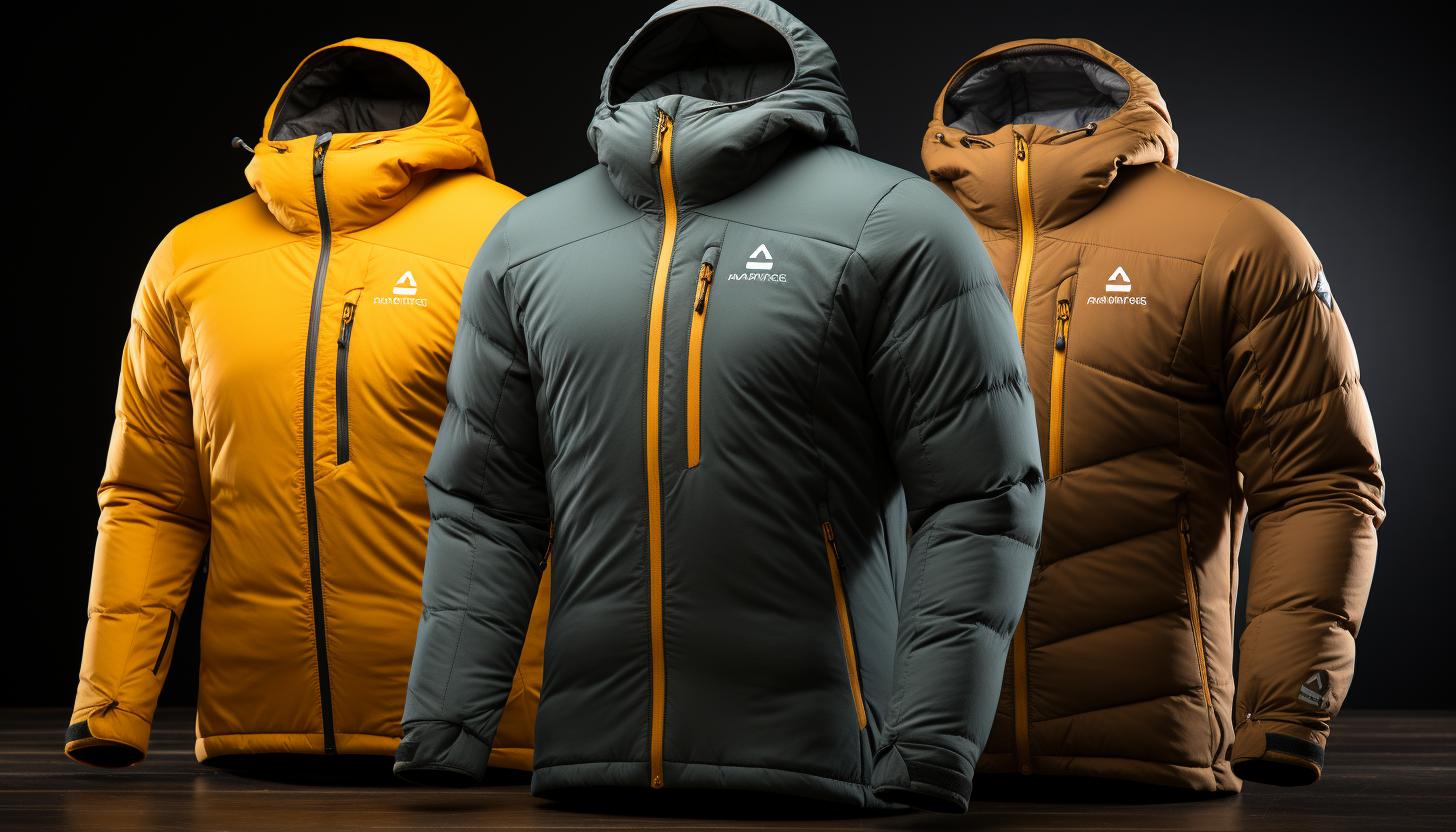
Understanding the various insulation types in winter running jackets can help you make an informed decision when choosing the right one for your needs. When it comes to insulated running jackets, there is a balance between performance and fashion that you need to consider. While you want a jacket that keeps you warm during your runs, you also want it to look good and feel comfortable.
One important factor to consider when selecting an insulated running jacket is the type of insulation used. There are two main options: synthetic and natural insulation. Synthetic insulation, such as polyester or nylon, is known for its ability to provide warmth even when wet. It also tends to be more affordable and easier to care for compared to natural insulation. On the other hand, natural insulation like down feathers or wool provides excellent warmth with minimal weight. However, these materials may not perform as well in wet conditions.
Ultimately, the choice between synthetic and natural insulation depends on your specific needs and preferences. If you prioritize performance and versatility, synthetic insulation might be the better option for you. If you value exceptional warmth and are willing to take extra care of your jacket, then natural insulation could be a great choice.
Now that you understand the different types of insulation available for winter running jackets, it’s time to move on to another crucial aspect – how to choose the right fit and size for your running jacket.
How to Choose the Right Fit and Size for Your Running Jacket
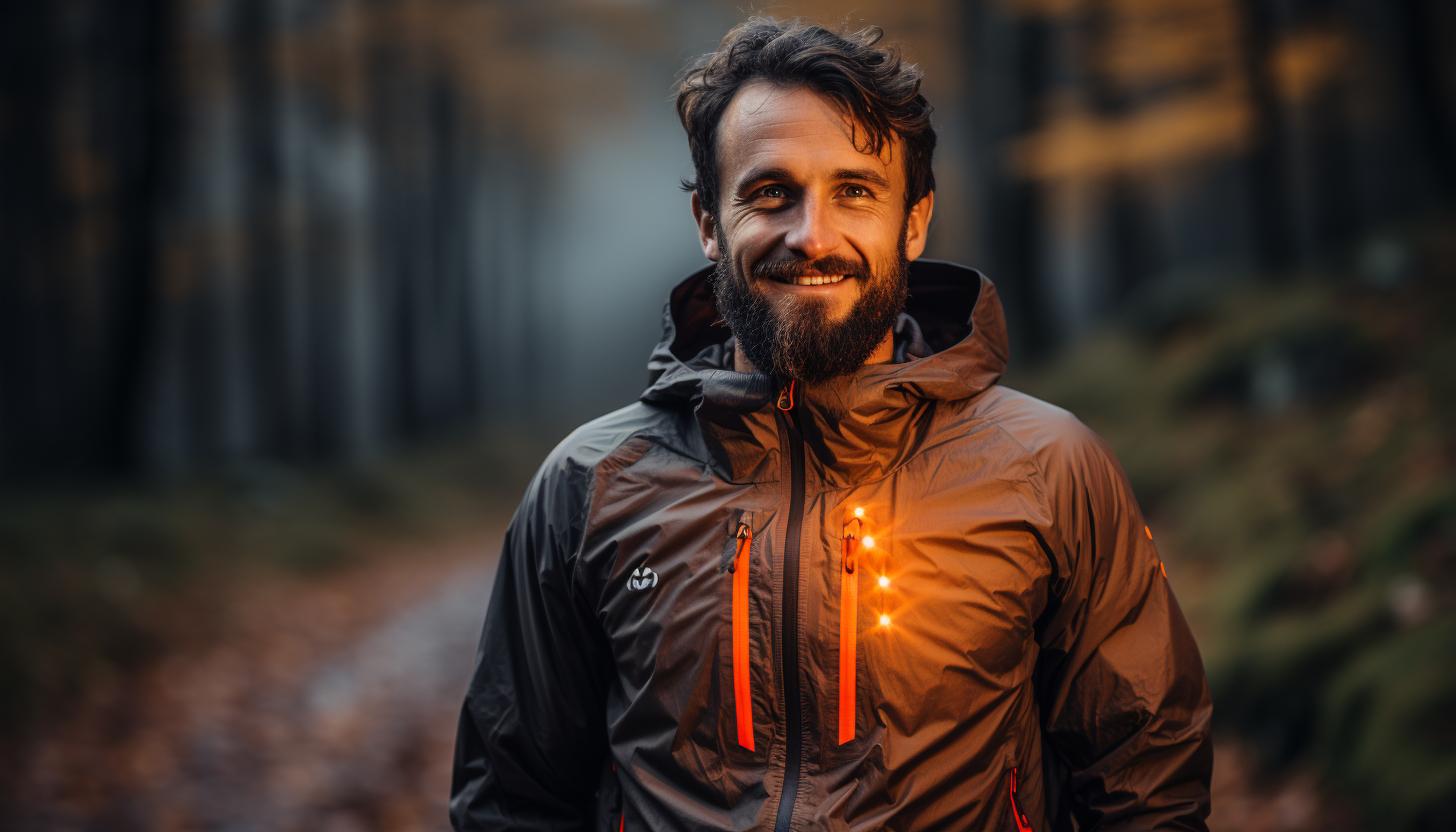
Now that you’ve learned about the different insulation types, let’s discuss how to find the perfect fit for your jacket. When choosing an insulated running jacket, it is essential to consider both fit and size to ensure maximum comfort and performance. The right fit will allow for freedom of movement while also providing adequate insulation.
Firstly, consider the intended use of the jacket. If you plan on layering underneath, it may be wise to size up. However, if you prefer a more streamlined look or are using the jacket as an outer layer only, stick with your regular size. It is also important to check the sizing chart provided by the manufacturer as sizes can vary between brands.
When trying on a running jacket, pay attention to key areas such as the shoulders, chest, and arms. The jacket should offer enough room for easy arm movement without feeling restrictive or too loose. Additionally, make sure there is ample coverage at the hemline and cuffs to prevent cold air from seeping in.
To maintain and care for your running jacket properly, always follow the manufacturer’s instructions regarding washing and drying methods. Avoid using fabric softeners or bleach as these can damage both the insulation and outer shell materials.
In conclusion, choosing a well-fitting insulated running jacket is crucial for optimal performance during winter runs. By considering factors such as intended use and proper sizing guidelines, you can find a jacket that provides both warmth and comfort.
Now let’s explore weatherproofing and wind resistance: essential factors to consider when selecting an insulated running jacket.
Weatherproofing and Wind Resistance: Essential Factors to Consider

To ensure optimal performance during your winter runs, it’s important to consider the weatherproofing and wind resistance of your jacket. When it comes to choosing the right running jacket, you need to find a balance between staying warm and dry while also allowing for breathability. Understanding the difference between waterproof and water-resistant materials is crucial in making an informed decision.
Waterproof jackets are made with materials that prevent any water from penetrating through, keeping you completely dry even in heavy rain or snow. On the other hand, water-resistant jackets repel water to some extent but may not provide full protection in prolonged exposure to wet conditions.
Finding the right balance between insulation and breathability is equally important. Insulation keeps you warm by trapping heat inside the jacket, while breathability allows moisture and excess heat to escape, preventing overheating and discomfort during intense workouts.
Here’s a quick comparison table highlighting some key features to consider when choosing a weatherproof and wind-resistant running jacket:
| Feature | Waterproof Jacket | Water-Resistant Jacket |
|---|---|---|
| Waterproof | Yes | Partially |
| Wind Resistance | High | Moderate |
| Breathability | Lower | Higher |
| Durability | Excellent | Good |
| Weight | Heavier | Lighter |
Now that you understand the importance of weatherproofing and wind resistance, let’s dive into comparing the best insulated running jackets for winter.
Comparing the Best Insulated Running Jackets for Winter
When it comes to finding the best option for staying warm and protected during winter runs, you’ll want to consider the insulation and wind resistance of different jackets. Insulated running jackets are designed to provide warmth without compromising on breathability, making them ideal for cold weather workouts.
When comparing insulated running jackets, two key factors to consider are their warmth and breathability. In terms of warmth, look for jackets that feature high-quality insulation materials such as down or synthetic insulation. Down insulation offers excellent warmth-to-weight ratio and is highly compressible, while synthetic insulation performs well even when wet. Additionally, check if the jacket has features like a hood, adjustable cuffs, and a drawcord hem, which can help trap heat inside.
Breathability is equally important in an insulated running jacket. Look for jackets that offer good ventilation options such as underarm zippers or mesh panels. These features allow excess heat and moisture to escape while still keeping you warm.
Durability and longevity are also crucial considerations when selecting an insulated running jacket for winter. Look for jackets made from durable materials that can withstand regular use in harsh conditions. Pay attention to the quality of stitching and construction as well.
Conclusion
So there you have it, the key features to look for in an insulated running jacket. Understanding different insulation types, how to choose the right fit and size, and the importance of weatherproofing and wind resistance.
Now that you’re armed with this knowledge, you can confidently make a decision on which insulated running jacket is best for your winter runs.
Remember, the right jacket can make all the difference in keeping you warm and comfortable during those chilly workouts.
So don’t wait any longer, start shopping for your perfect winter companion now!


